The Nirvana Rebirth of Dunhuang Musical Instruments
There is a very spectacular music world in Dunhuang murals, depicting a large number of ancient music and dance performances, of which there are up to 5,000 musical instruments alone, but most of them are now lost to the world.
In order to make these instruments, which have been buried for centuries, make sounds again and re-enact the Chinese chapters, the craftsmen restored the instruments on the frescoes.
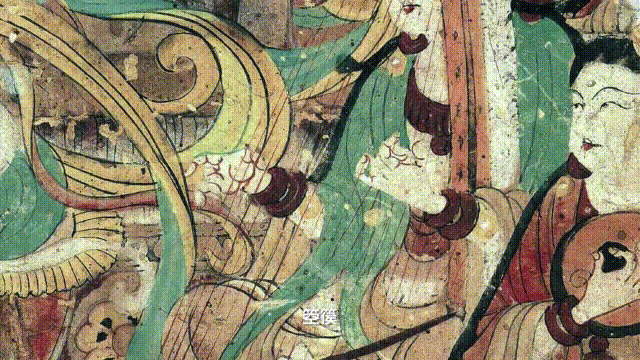
In the frescoes of Dunhuang, you will see that whether it is the soaring flying sky, the jumping Yaksha, the mighty King of Heaven, or the musical performer in front of the Buddha, the winged Kaling Pinga has all played the pipa.
Different from the relatively single types of pipa today, there are various types of ancient pipa.
For example, most of the pipa we see now are four-stringed, while in the Tang Dynasty, the five-stringed pipa was popular.
Today, the only surviving contemporary five-stringed lute in the world is hidden in Shoso-in, Todaiji Temple, Nara, Japan. From the beginning to the end of this pipa, the complicated decorations are all exquisite, showing the grace and luxury of the Tang Dynasty.
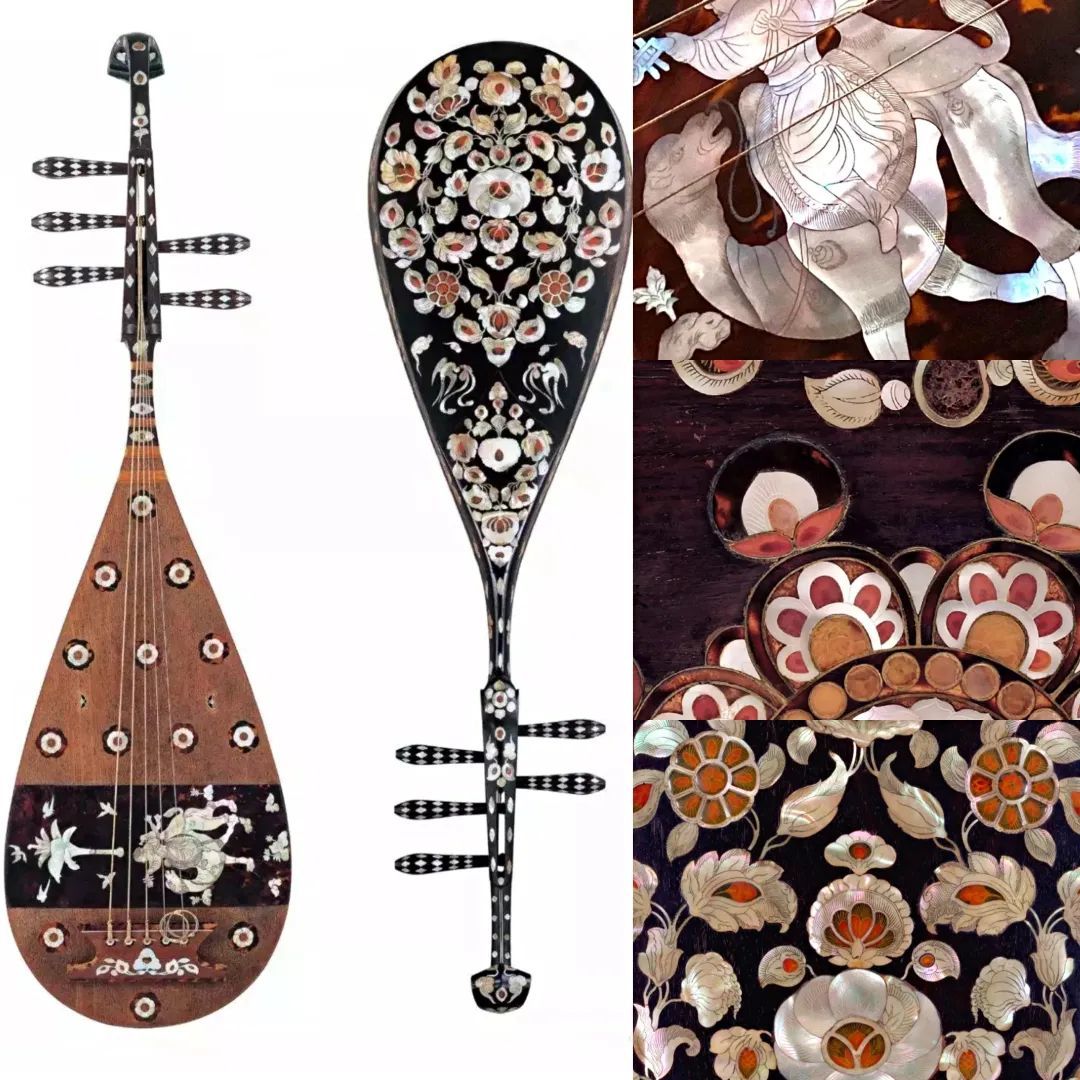
The craftsmen can select 50 kinds of pipa shapes from the 600 pieces in the murals. In order to restore these pipa, it takes more than ten years or even twenty years to prepare the materials.
In order to perfectly present the timbre of the pipa, each trial-produced pipa needs to undergo rigorous acoustic calculations and precise processing. Even so, the effect is often unsatisfactory.
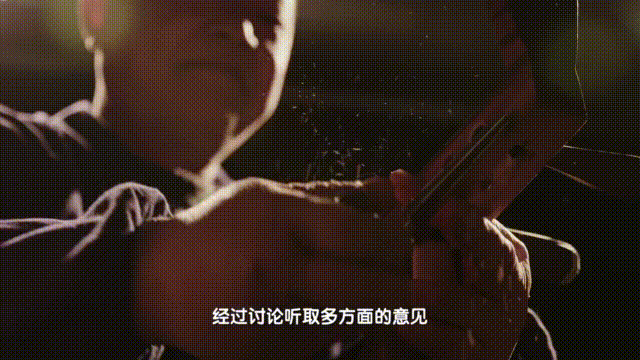
The craftsmen can only do dismantling, dismantling and redesigning, designing and remanufacturing, and so on.
Only 17 pieces of lute, such as stick, square head and pear shape, can come into reality from the murals.
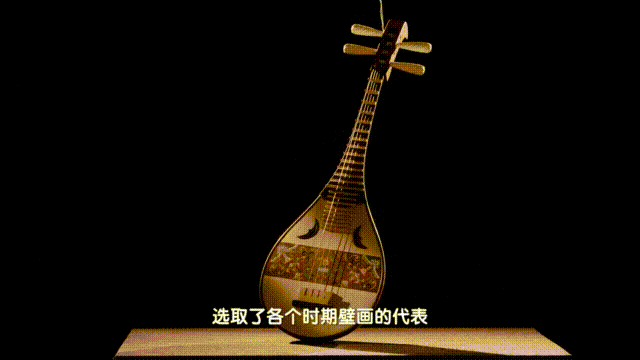
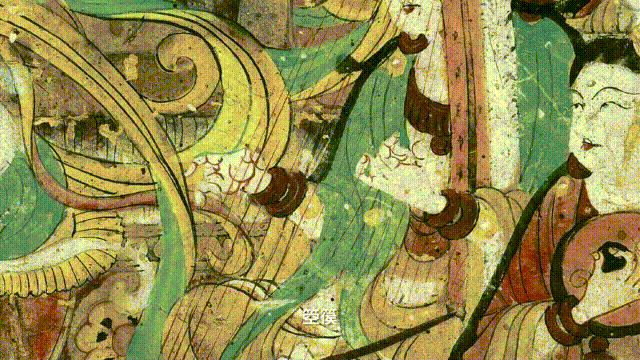
There have been magnificent descriptions of Konghou in ancient poems. For example, it is written in "Li Pinghou's Introduction to Konghou": "Kunshan jade broken phoenix screams, hibiscus weeps and pandan laughs, the front of the twelve gates melts with cold light, and the twenty-three threads move purple. Emperor."
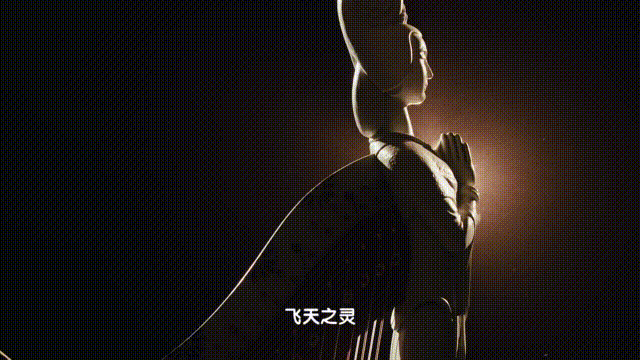
Until 1930, artists began to study the innovative Konghou and reborn it.
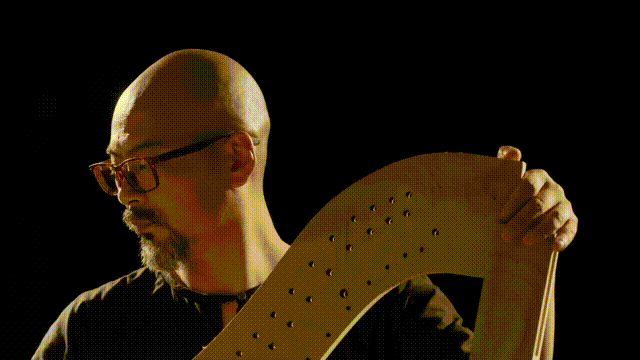
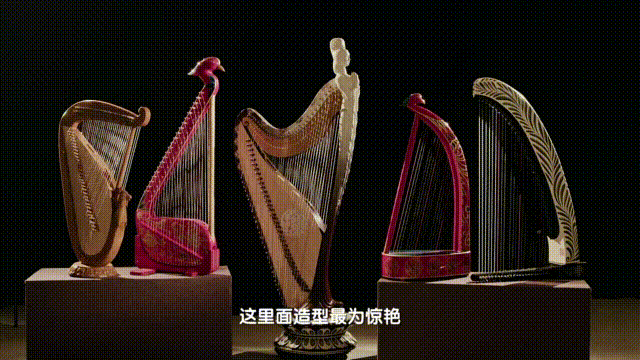
Of course, in addition to the pipa and Konghou, the craftsmen also reconstructed the solemn and mournful 筚篥 from the frescoes.
Unlike the pipa and Konghou, which are ubiquitous and well documented, there are also some surreal musical instruments in Dunhuang frescoes.
These musical instruments are not only unique in shape, but also rarely mentioned in other historical documents. They may really exist, or they may just be the imagination of the painters.
Among them, Petal Ruan only appeared twice in Dunhuang frescoes, and it was also the most difficult piece in the process of restoring Dunhuang musical instruments.
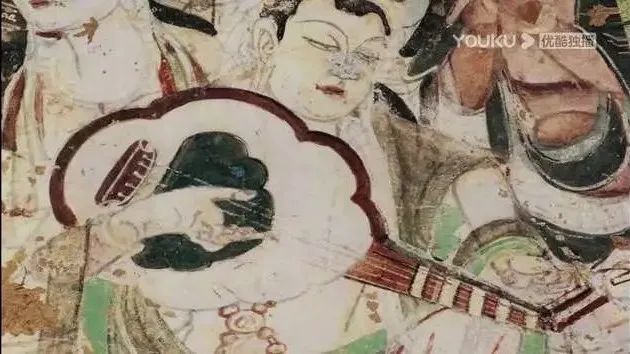
Petal Ruan's speakers are shaped like petals, with thin arcs inside and out, and need to be inlaid, which is difficult to produce by machine, so it can only be carefully polished by hand.
After overcoming the restoration of "shape", we face another problem.
As we all know, Ruan's speakers are round, which allows the air column to flow mellowly in it, so as to make a wonderful sound.
But Petal Ruan's speakers are irregular in shape, and it is difficult for the air column to flow coherently, so it cannot form a pleasant sound.
To this end, the craftsmen tried repeatedly and decided to increase the ratio of the resonance box to the body and extend the smoothness of the strings to overcome the inherent deficiencies of Petal Ruan. Test after test, discarded sheets piled up into a thick pile.
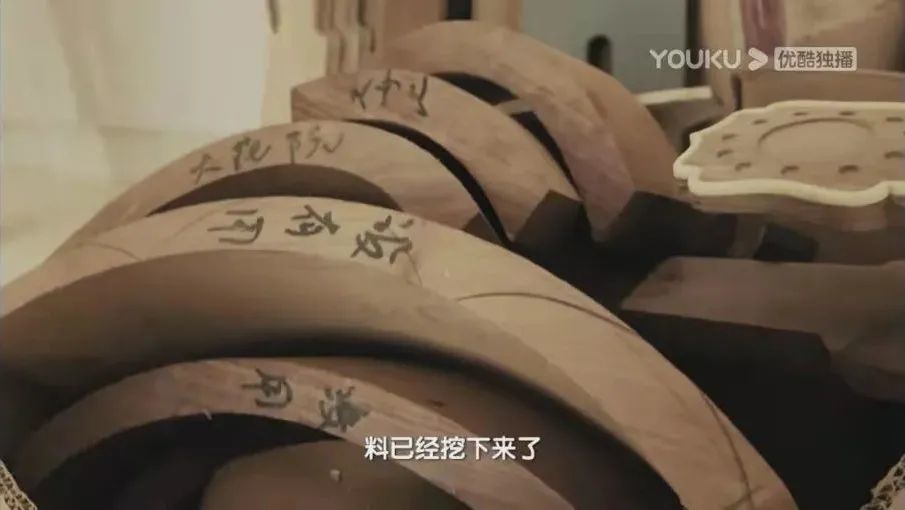
Nguyen walked out of the mural. The voice is soft and delicate, like weeping.
In Dunhuang's frescoes, there is a more puzzling musical instrument than Petal Ruan: the curved qin.
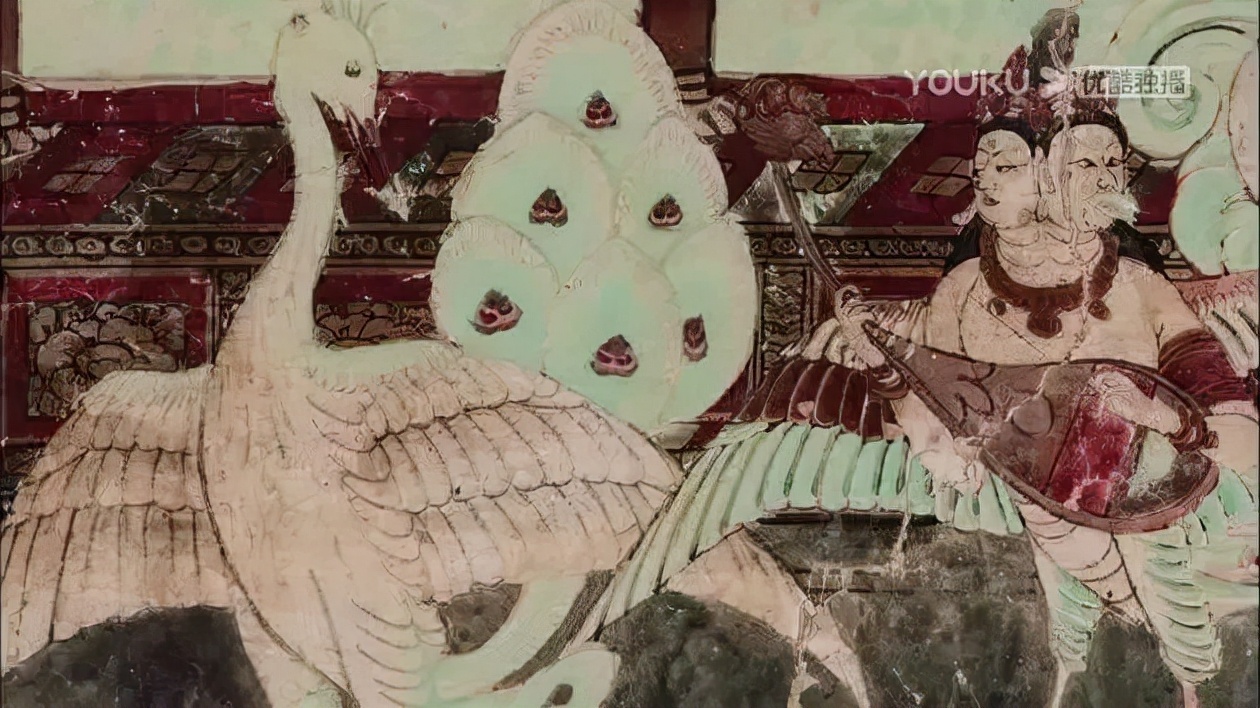
On the frescoes of Cave 161 built in the late Tang Dynasty, the musical instrument played by Feitian Yueji is very similar to a curved lute, but it has only one string, and the string is bent and cannot be pressed, which means that the curved piano cannot play music at all.
In addition, there is almost no record of it in historical documents and images other than Dunhuang frescoes. Therefore, music historians speculate that this musical instrument was only used in court rituals and music for a period of time, and disappeared before it became popular among the people, so the painters of the Tang Dynasty used their imagination to create the curved piano in the murals.
Although the curved piano is only the imagination of ancient painters, the craftsmen still restore this imagination.
When it comes to the Dunhuang Grottoes, it seems to be a mural. If there is something else, I have some understanding but I can't say why.
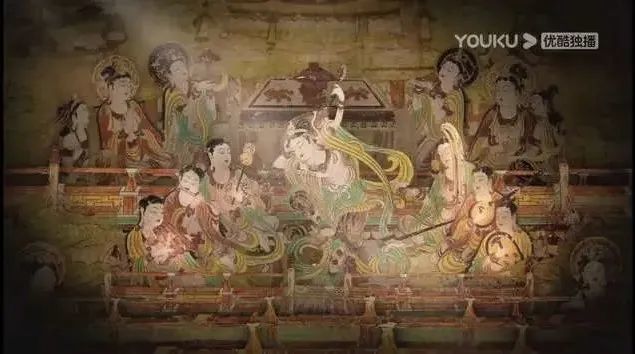
But when we got to know it deeply, we found that Dunhuang murals started from the Sixteen Kingdoms and gradually fell into disuse in the Yuan Dynasty. It lasted for thousands of years and became an art system of its own. In this magnificent art treasury, a single musical instrument has a thousand-year history behind it.
In the murals, many musical instruments appear in the form of an orchestra, similar to the "symphony orchestra" in our impression.
Generally speaking, Western symphonies and symphony orchestras are considered to have been born in the Renaissance period, nearly a thousand years later than the "Bodhisattva Orchestra" shown in the Tang Dynasty murals in Dunhuang.
Guess you like
Hot news
- 01 Ancient Legacy: The Legend of the creation of Emperor Shun and the Banjo
- 02 The difference between the five-stringed lute and the four-stringed lute
- 03 The plucked type of common ethnic musical instruments in Xinjiang
- 04 The Simple Difference Between Guqin, Se, and Guzheng
- 05 Dulcimer exam and performance repertoire
 渝公网安备 50010702504639号
渝公网安备 50010702504639号